
“It’s not a matter of letting go – you would if you could. Instead of ‘Let it go,’ we should probably say, ‘Let it be.”
– Jon Kabat-Zinn
[Disclaimer: This post is based on personal opinion only and should not be taken as professional or medical advice. Read full Disclaimer HERE. ]
I spent many years fighting with anxiety. I tried to push it away with positive thinking. I hoped having new, positive thoughts would automatically cancel it out. However, this never worked. When we get caught up fighting with anxiety, it only makes it worse. The more we try to wrestle it away, the tighter its hold on us.
Eventually I learned how to practice acceptance and mindfulness to stop fighting with my anxiety. Practicing mindfulness taught me to embrace the uncomfortable feelings and observe it in a nonjudgmental way. I also learned the powerful ‘DARE’ technique that changed the way I responded to it.
Read on to learn how to stop fighting with anxiety.
Fighting with My Anxiety
Whenever my anxiety came up, (mainly in social situations) I would freak out. I thought something was wrong with me. I judged myself harshly. I felt weak, flawed, and abnormal. Even after many years of working on myself and practicing mindfulness, anxiety was still a big issue for me.
It seemed random. Sometimes it was manageable, other times it was an uncontrollable spiral. I would get so discouraged and frustrated every time this happened. I felt like a failure – like no matter how hard I tried and how much work I put into changing myself – the anxiety would never go away.
What We Resist, Persists
I stopped fighting with my anxiety because I realized it doesn’t work, it only makes it worse.
Our thoughts and feelings constantly come and go. We can’t control all of them. When we try to control them, we don’t let them flow through us and, instead, they get stagnant within us.
When you fight hard against what you don’t want, your focus on it intensifies, making it seem worse than what is really there. Instead, I’ve learned to ‘be with’ it, rather than try to push anxiety away.
Read Also: How to Mindfully Embrace Fear & Anxiety
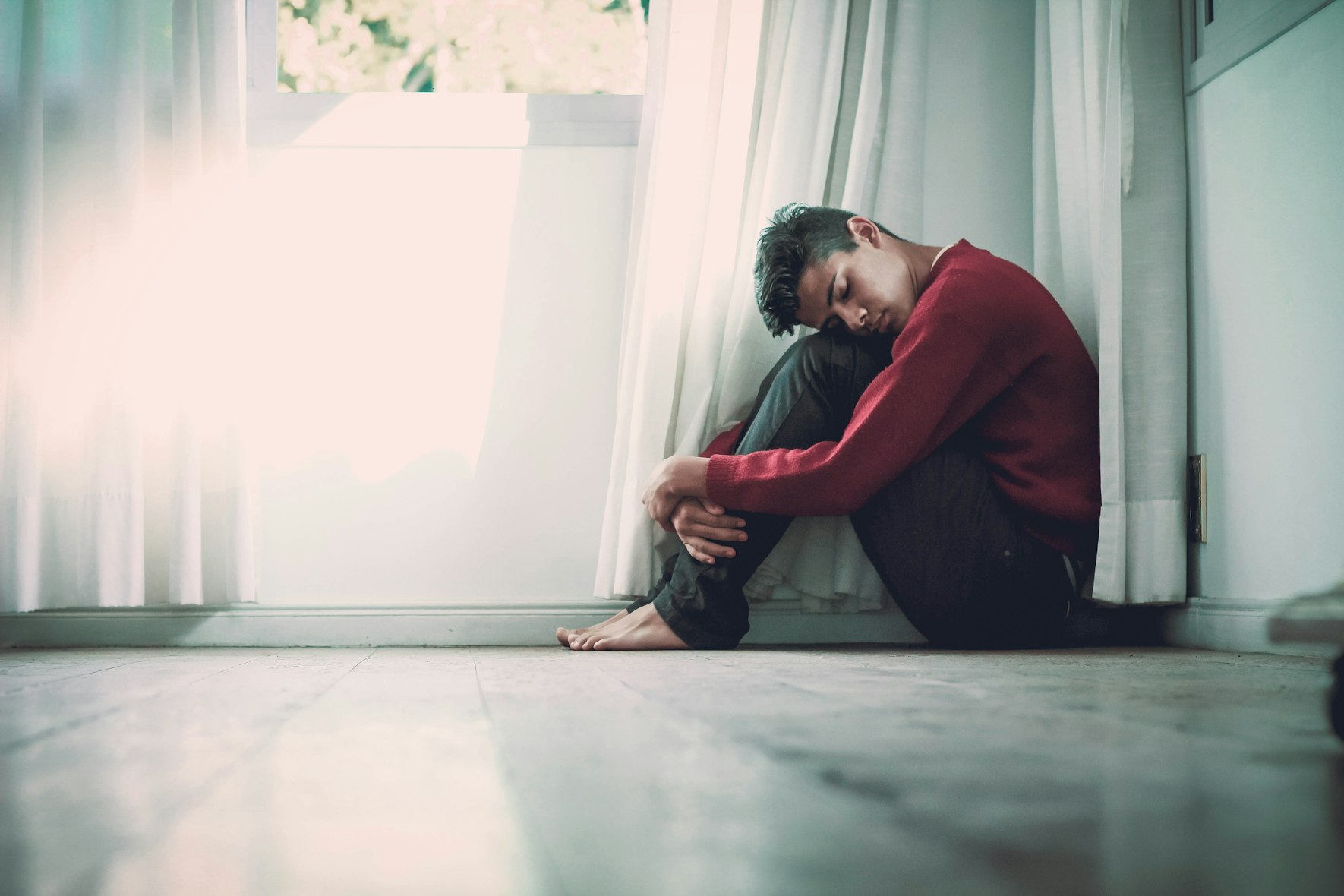
A New Way to Respond
I first became familiar with this concept of ‘being with’ through mindfulness practice. Mindfulness has taught me to embrace whatever is happening within me and it has decreased my anxiety significantly.
However, this past month I realized something new: my expectations regarding my anxiety have been unrealistic. I’ve been expecting it to just ‘go away’ completely one day.
What has changed within me – is not that I no longer have anxious thoughts or feelings – they’re still there, I just no longer respond to them in the same way. I no longer try to control or fight the anxiety away.
Letting Go of Control
In theory, ‘going with the flow’ sounds like a noble idea. It paints the illusion that we can always be chill and live life in a nonchalant kind of way. But actually trying to practice this is much harder than it seems.
We know there are certain external things in our lives that we just can’t control. But when it comes to our inner thoughts and feelings – these are supposed to be within our control… right?
However, trying to control your every thought and feeling, rather than empower you, is actually stressing you out. Feeling 100% responsible for every little thought and feeling you have throughout the day – only sets you up for unrealistically high expectations on yourself.
We can’t control all our thoughts and feelings. We can only guide them in the direction we want them to go.

Fearing Fear – The Negative Anxiety Loop
Although I practiced mindfulness for several years, I still struggled with social and generalized anxiety. I thought I understood this concept of ‘embracing’ my anxiety, but I didn’t know how to practice it consistently.
Then, recently, I discovered the book, ‘Dare: The New Way to End Anxiety and Stop Panic Attacks Fast’ by Barry McDonagh. It changed my perspective on dealing with anxiety and taught me how to respond to it in a new way. This book explains in simple terms what I’ve been trying to understand about the link between resistance, i.e. fighting with, anxiety for years.
McDonagh writes that having a fearful response to our own fearful thoughts creates a negative anxiety loop, a “vicious cycle of fearing fear.”
“This trap is akin to quicksand. Our immediate response is to struggle hard to free ourselves, but it’s the wrong response. The more we struggle, the deeper we sink.” (McDonagh, 2015)

Two Types of Fear
According to McDonagh, there are two types of fear related to anxiety. He calls them ‘flash fear’ and ‘response fear.’
‘Flash fear’ comes over us like a sudden rush. It includes fearful thoughts and anxious bodily sensations. It’s so abrupt that we have no control over it. Next comes ‘response fear’, which is how we respond to our flash fear.
Our normal ‘response fear’ is usually more fearful thoughts: ‘Oh no, I’m feeling anxious.. Something’s wrong, I might not be able to handle this..’ etc., and other ‘what if’ thoughts. These fearful ‘what if’ thoughts escalate the ‘flash fear’ into a state of high anxiety and panic.
McDonagh writes, “Response fear is where all the trouble starts. It’s where the anxiety loop begins and where your suffering comes from… I believe everyone has flash fears all the time, but they don’t develop into a problem (a disorder) because they aren’t followed by any great amount of response fear.”
‘Flash fears’ can be sudden anxious thoughts or feelings, or intense bodily sensations such as a fast heartbeat, nausea or upset stomach, etc. We don’t know what causes these fears, perhaps past trauma or an overload of stress. But what causes ‘flash fear’ is not as important as how we choose to respond to it.
Wrong Signals
Having a fearful response and fighting with anxiety, only tells our nervous system that something really is wrong. This heightens our state of ‘flight or fight’ and our body cannot calm down because it thinks there is a real threat happening.
The way out, according to McDonagh is to accept and allow our anxiety. By finding a way to be with our anxious thoughts and feelings – it sends the signal to our bodies that everything is okay. It gives our nervous system the opportunity to calm down.
This means allowing our anxious thoughts and feelings instead of pushing them away. It requires viewing our anxiety in a new way – just neutral, nervous arousal which comes and goes.
McDonagh summarizes this, “In essence, you must learn to get comfortable in your anxious discomfort.”

Anxiety is like a Wave
We can change our perspective on anxiety by viewing it as just neutral nervous energy. McDonagh describes this energy like waves on the ocean that rise and fall.
Sometimes these waves just come out of nowhere. When we try to resist them, we get caught up in the fight, and the waves crash over us. But, when we relax and allow it, we’re able to ride the wave and let it pass through us until it naturally dissipates – which it eventually will.
Viewing my anxiety as a wave that comes and goes has been very liberating for me. Before, I was trying so hard to stop it from ever happening. But with this new perspective, I’ve dropped the unrealistic expectation that I can control my anxiety completely.
Read Also: Healing Shame to Heal Anxiety
How to Apply The ‘DARE Response’ for Anxiety
Read on to learn ‘The DARE Response,’ from Barry McDonagh’s book ‘DARE: The New Way to End Anxiety and Stop Panic Attacks.’
This technique is simple, easy to understand, and easy to apply. And so far, for me personally, it’s been very effective in dealing with my anxiety.
I find many similarities between ‘The DARE Response’ and mindfulness practice. Mindfulness teaches us to be the ‘watcher’ of our thoughts and feelings. To let go of resisting and embrace what is going on within us. Similarly, McDonagh writes about accepting our anxiety, including the uncomfortable sensations and feelings that come with it.
“The anxiety leaves not because you forced it away but because you’re no longer fueling it with resistance and fear. Saying ‘yes’ is the very essence of The DARE Response,” explains McDonagh. “When you attend and befriend you move yourself out of fight or flight. That’s what saying ‘yes’ is really about. That stops the inner friction and allows your thoughts and emotions to flow with the waves of anxiety that you feel.”
‘The DARE Response’:
DARE stands for: ‘Defuse, Allow, Run Toward, and Engage.’ (McDonagh, 2015)
Step #1 Defuse
This step takes place during your first initial response to anxiety popping up. Respond to anxious ‘what if’ thoughts in a way that diffuses the sense of urgency and alarm.
Example: Anxious thought: “What if I make a fool of myself in public!?” Response: “So what, everyone makes a fool of themselves sometimes – I can handle it.”
The point is to stop the ‘what if’ thoughts from getting out of hand by responding with a relaxed and dismissive attitude.
Step #2 Allow it
In Step 2, stop resisting your anxiety and instead, embrace it. Allow yourself and your body to move along with it. Allow the anxiety to be there.
McDonagh says to repeat to yourself, ‘I accept and allow this anxious feeling.’ Accepting the anxiety sends a signal to your mind and body that it’s not under threat and it’s okay to calm down.
“Allow it to be present, and then come to accept it for what it is – nervous arousal and nothing more.” (McDonagh, 2015).
Step #3 Run Toward
Running towards your anxiety is about changing your perspective on it. Instead of resisting, tell yourself you feel excited by your anxious thoughts or feelings. Instead of labeling it as ‘anxiety,’ view it as ‘excitement.’ This changes your interpretation of it and, thus, how you respond to it.
Step #4 Engage
The final step is to engage in any activity that takes up your full attention. Be present in the moment. Place your attention fully in whatever you’re doing – working, a conversation, exercising, etc. This helps you get out of your head and prevents you from getting drawn back into the negative thought spirals.
Responding to Anxiety in a New Way
The concepts McDonagh describes in his book ‘DARE’ are also similar to a cognitive-behavioral therapy called exposure therapy. Exposure therapy is aimed at reducing one’s fearful response to anxious thoughts, feelings, sensations or external triggers. Instead of resisting the anxious thoughts or feelings, you ‘be with’ and allow them, with the help of a therapist.
Mindfulness meditation (often paired with cognitive-behavioral therapies) is also becoming increasingly popular and being incorporated into many therapeutic practices for treatment of anxiety.
These practices are effective because, over time, they rewire our brains to have a new, desensitized response to anxiety. The emphasis is not on preventing anxiety, but rather changing the way we react to and experience it.
It may not be easy, but with time and practice, we can learn to ride out the wave of anxiety – letting it pass through us more quickly and easily.
Conclusion
So give up fighting with your anxiety. Fighting it, as I’ve realized, ultimately does not solve anything. When feeling discouraged, remember there is hope and that it gets better. It’s just a matter of finding the right strategy for you to effectively manage and ultimately reduce your anxiety. (If your anxiety is severe consult with a licensed therapist)
Now, in my mindfulness practice, I’ve realized it is not about being calm all the time to prevent the ‘storms’ of anxiety from happening. Rather, it’s about learning to find peace amidst the storms in our lives – even the storms inside us.
Timber Hawkeye sums it up beautifully with this quote:
“You can’t calm the storm, so stop trying. What you can do is calm yourself. The storm will pass.”
~Timber Hawkeye

For more information, check out Barry McDonagh’s book ‘DARE: The New Way to End Anxiety and Stop Panic Attacks.’
Read Related: 10 Ways Mindfulness Changed my Life for the Better

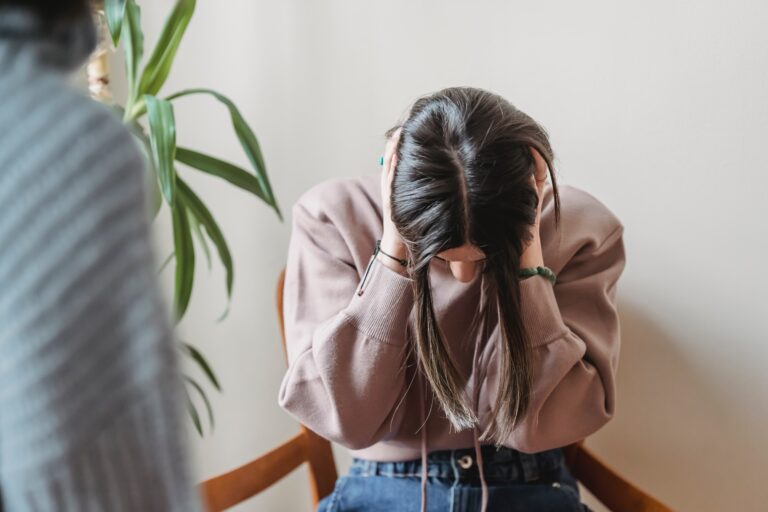
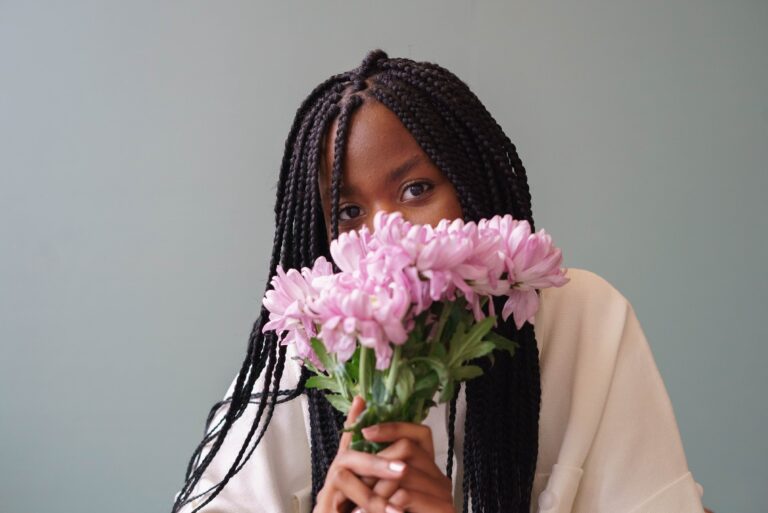
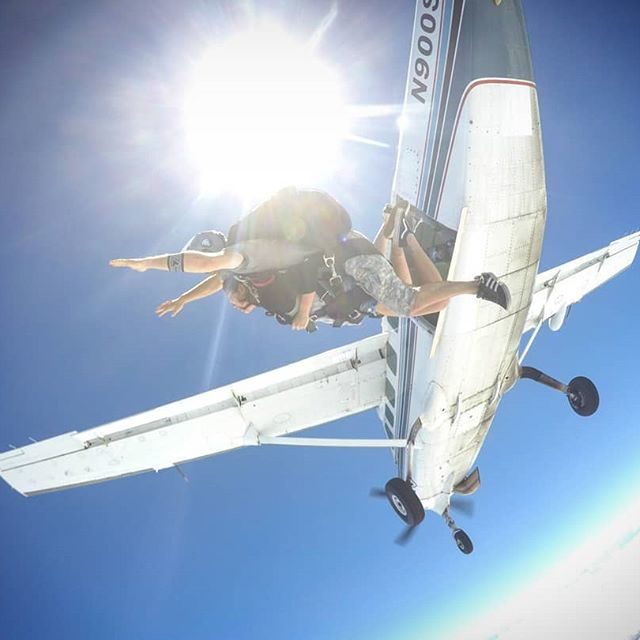

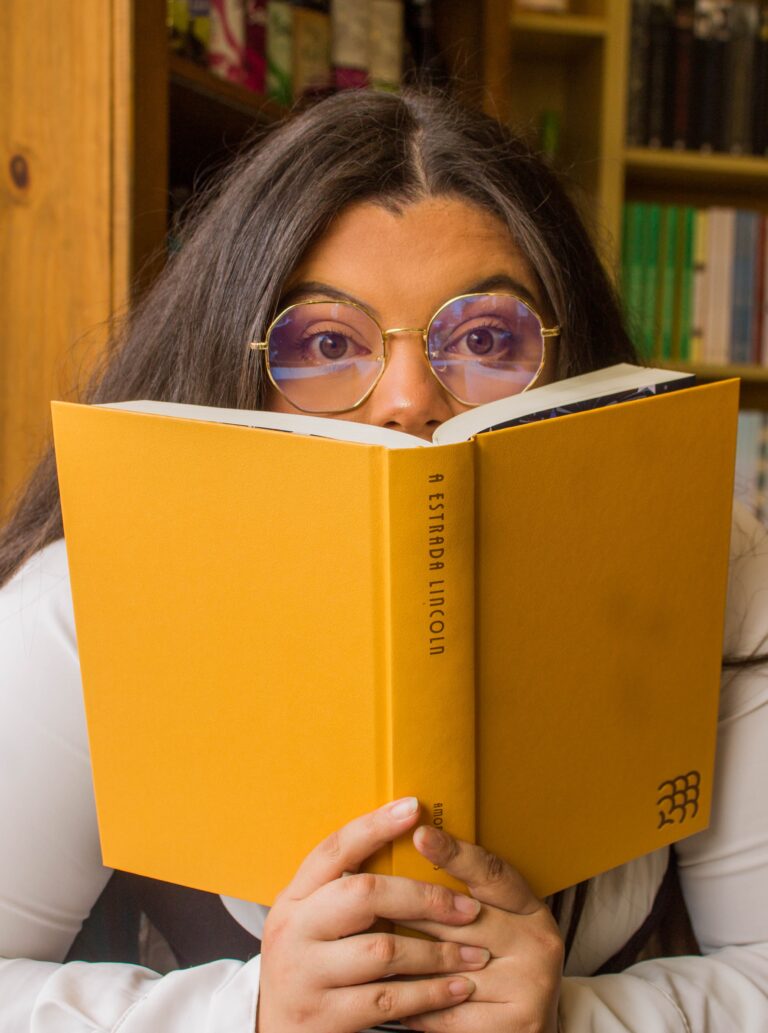
You have brought up a very wonderful points, thankyou for the post.